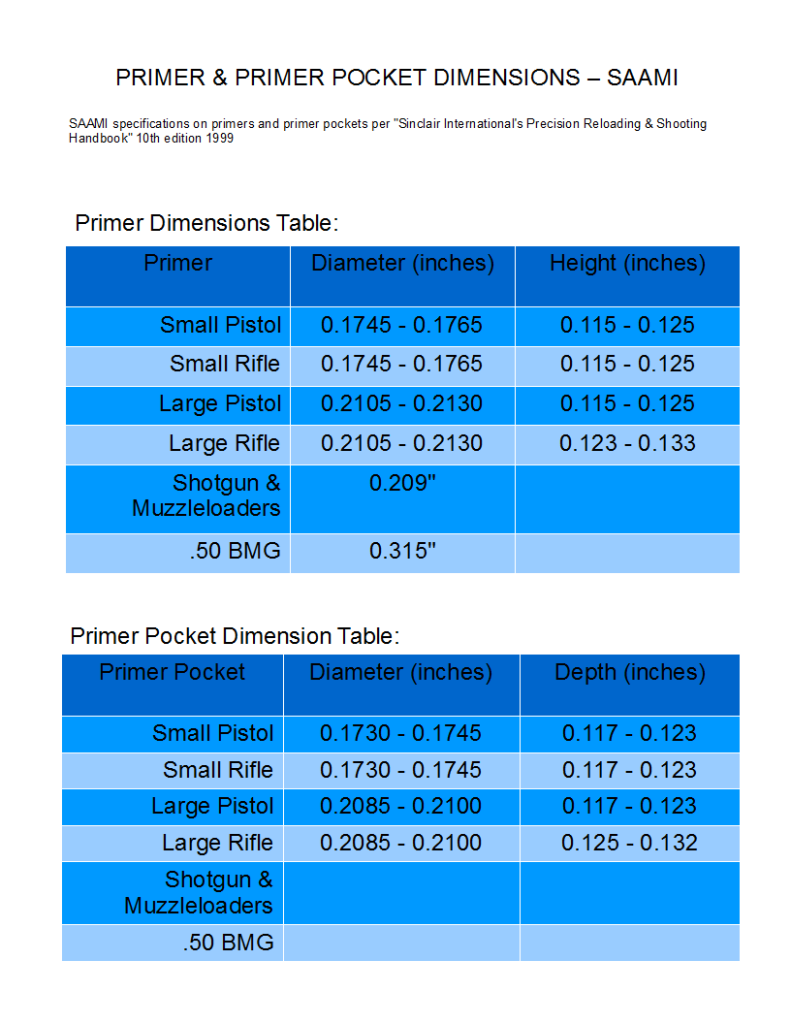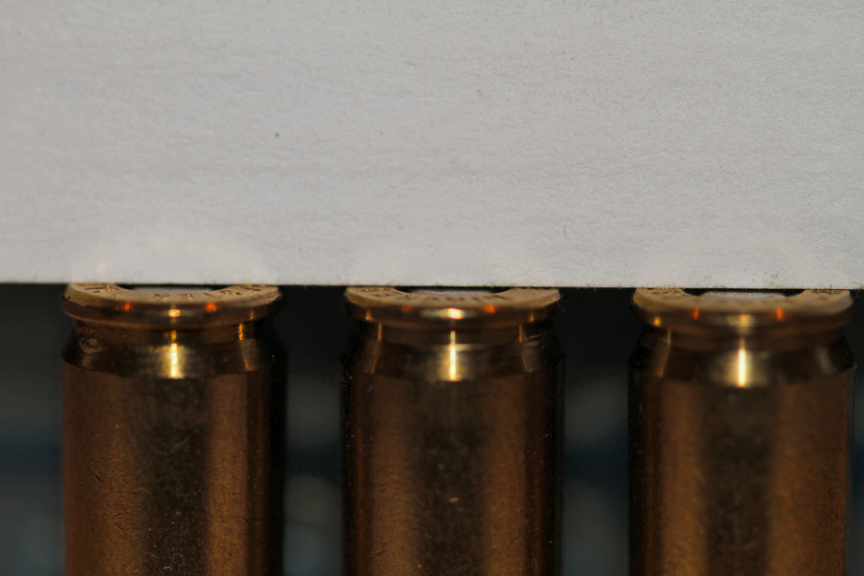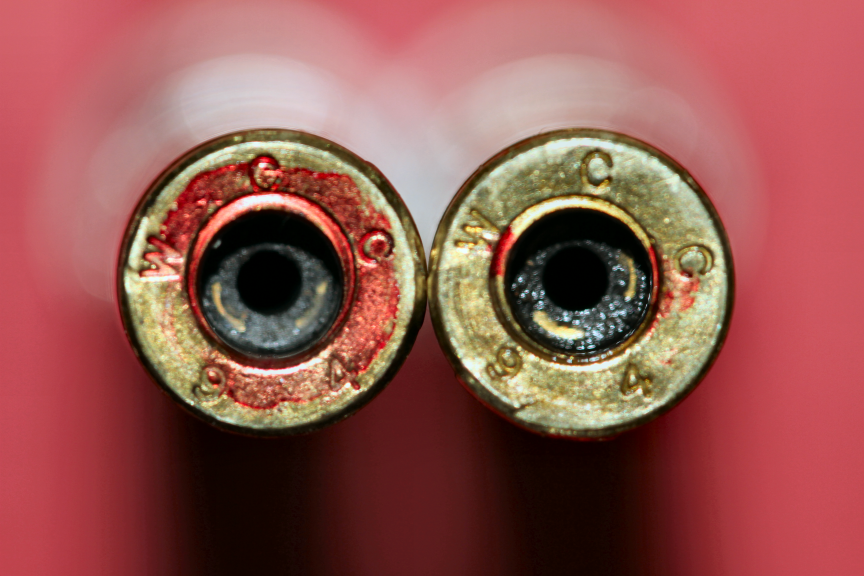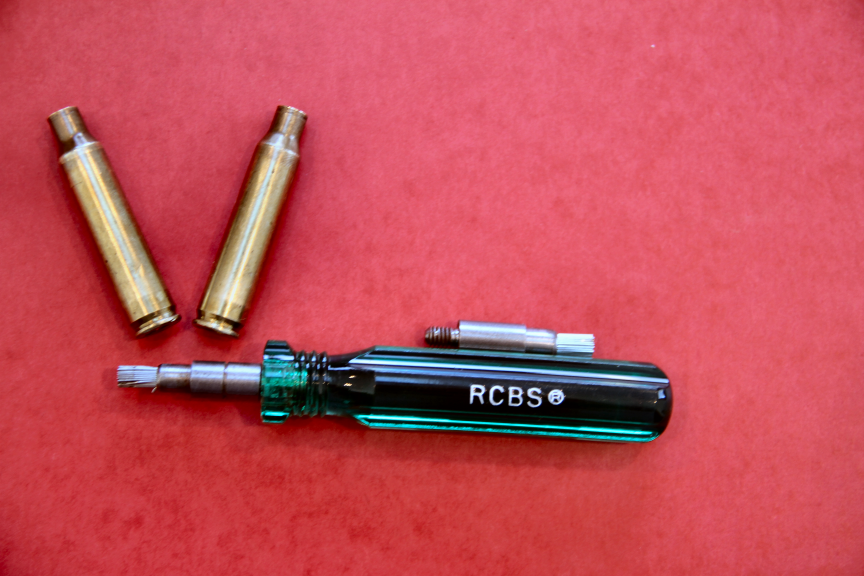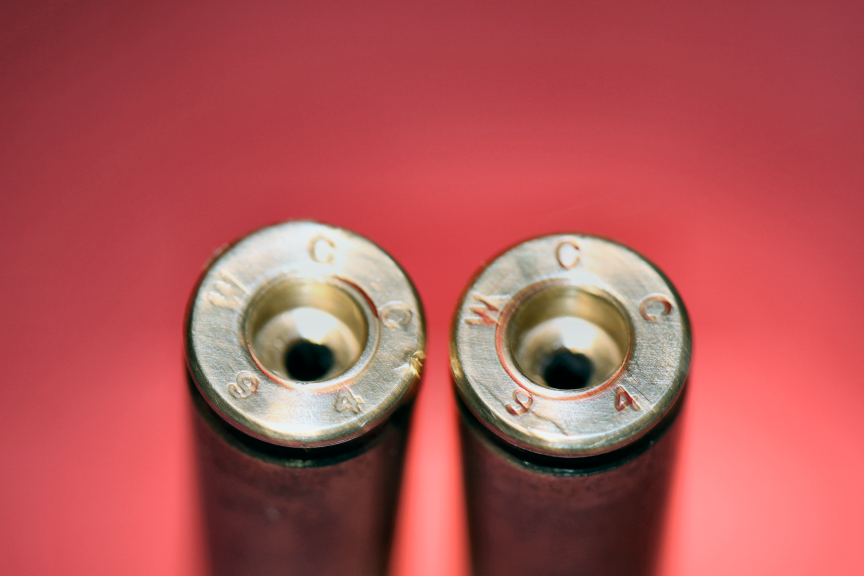white_collar
Inactive
In the past year or so I have had a problem with Winchester, CCI, and Remington large and small primers not going off. I reload for the M1 Garand, SKS, and Mosin Nagant 91/30 in large rifle and the AR15 with small rifle primers. The failure to fire isn't as bad with the rifle rounds. However, I load 9mm and 45 ACP with several not going off the first trigger pull. I use the Dillon Square Deal as well as hand primers from RCBS and Lee. Same results. 9mm is the worst, but 45 large primers also give me problems. Usually out of 100 rounds of 9mm I'll have 1-2 that no matter how many times I reset the trigger on a Glock 19, Glock 21, or Ruger LCP9, the primers are dead. In 9mm I'll usually have 2-4 in a 17 round mag that do not go off the first time or second time, but will the third. I've started loading all 9mm with hand primers being careful to make sure they are in and not mashing the surface. But the Dillon Square Deal, regardless of what I do continues to give me 4-5 failures in each mag requiring a 2nd and third trigger pull before they go off. I asked Dillon and the Tech told me to push the handle forward. I do, but still have the problem. Any solutions would help and I'll try them all, if possible! Thanks. BTW, I have put heavier firing pin springs in the Glocks but no help. This problem started about a year or so ago.

